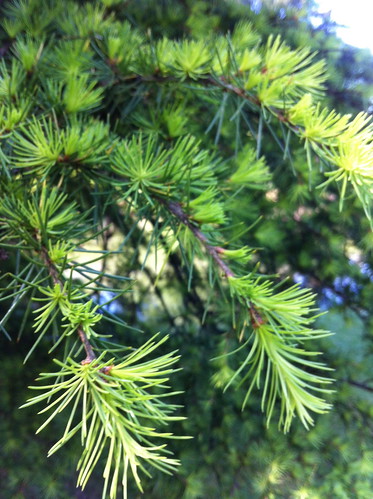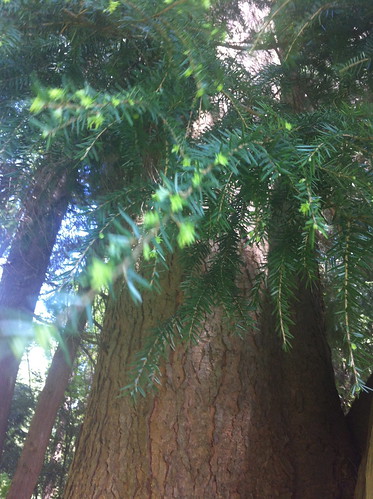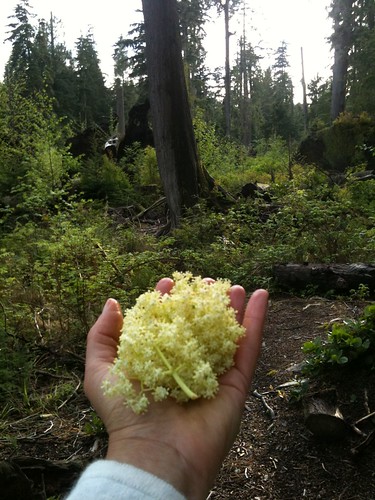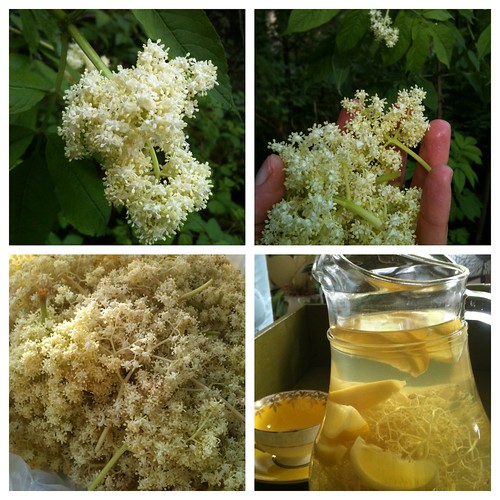Tree of Life Incense
On my first day ever in the creek I've had a magical encounter with a Persian fallow deer (a very rare sight!), and since then, I've roamed the creek for two summers, and spent hours mediating nestled among the Plane Tree roots and branches, and on rocks in the middle of the stream, surrounded by shiny dragonflies. I've learned so much from this tree, about life and love, letting go and staying strong and present.
The vegetation in Kziv Creek - one of the very few running creeks in the Western Galilee - has a sweet, balsamic aroma of fallen leaves and resin that opens the heart. Set against the cool, moist pebbles their combined scent is that of a harmonious contrast.

This particular tree reminds me of the tree Innana planted on the banks of the Euphrates. I've learned so much from the Eastern Plane Tree there. Rooted in the emotional realm of water - sometimes rushing, reddish-brown from soil that washes in the winter floods, and in summertime, lazily crawling and giving roaming grounds to magical dragonflies. Sometimes the water is shallow and comes to a near stand-still with rotten leaves and fish providing nutrients to the water-exposed rootlets of the tree.
The tree trunk is strong and present, showing its scars and many winding paths of finding light and love; and its branches reaching the sky and the wind.
Similarly to the Sacred Banyen Tree, the Eastern Plane Tree has a way of merging roots and branches. It constantly connects to its surrounding trees, and interconnects to itself, building intricate shapes and hollows in its trunk and branches. A particular tree in the creek is my one-legged companion and teacher, with a triangle formation and many scars from past seasons, and new shoots promising the future. It not only sheds its leaves, but also a thin outer bark, which makes him look utterly naked in winter.

Everything I learned I distilled into a very personal incense blend, both in Kyphi form and as cones, which brings sweetness and those powerful presence of the tree and the whole spiritual essence of the creek into my space. And I'd like to share some of this beauty and magic with you.








